A scrappage scheme aimed at removing the dirtiest diesel cars would have to be on a huge scale to have any significant effect.
Analysis by the RAC Foundation found that approximately 1.9 million diesel cars fall into the oldest, most polluting Euro standard categories: 1, 2 and 3.
They account for some 17% of all diesel cars on the road (11.2 million in total) and are responsible for 15% of total NOx emissions from diesel cars based on estimates of real world driving data and annual mileages from MOT records.
The analysis calculated what might happen if a scheme was implemented along the same lines as that run in 2009/10 as an economic stimulus for the car industry. This would take 400,000 of the oldest diesel cars off the road at a cost of some £800 million with the government and manufacturers both contributing £1,000 each to help people who trade in their existing vehicle replace it with a new model.
If every one of the 400,000 older cars was replaced with a new zero-emission electric vehicle then the cut in annual NOx emissions from the diesel fleet would be about 4,900 tonnes or 3.2% of the total emissions from diesel cars.
This drops to 2,000 tonnes per annum (1.3% of the total) if the scrapped cars were replaced with the latest Euro 6 diesel models and driven the same distance as those scrapped.
However there could be an annual increase of about 300 tonnes if the replacement Euro 6 diesels were driven as much as the other Euro 6 diesels being sold, with the mileages of all other vehicles remaining the same.
Furthermore it would be hard to target a scrappage scheme at those cars being used in urban areas where poor air quality is of greatest concern.
Steve Gooding, director of the RAC Foundation, said: “Instinctively a scrappage scheme to get the oldest, dirtiest diesels off the road seems like a good idea. But these numbers suggest otherwise.
“At best it looks like emissions would be reduced by only a few percent, unless government was prepared to launch a scheme on an unprecedented scale.
“The big considerations for any scheme include: where diesels are being driven, how far they are being driven and how do these factors change with the age of the vehicle.
“Before being tempted to go down the scrappage route ministers need to ask if the sums might be better spent elsewhere, for example in making sure that the infrastructure is in place to support plug-in electric vehicles.”
Gooding continued: “The big problem is that not only have the oldest diesel cars failed to live up to official environmental standards, so too have many more recent ones. So a scrappage scheme could cost hundreds of millions of pounds and barely dent the problem.
“There needs to be a big drive to get more people, and fleet buyers, to commit to ultra-green motoring and that means government subsidies must remain in place to close the price gap that still exists between vehicles powered by alternative fuels and those driven by fossil fuels.
“Already some manufacturers have warned that the still fragile electric car market could be killed off if subsidies are withdrawn too hastily.
“As the government has itself recognised in its plan for clean air zones, the most pressing issue is what to do about commercial vehicles. A major proportion of the emissions of NOx from road transport come from heavy duty vehicles such as lorries buses and taxis.”

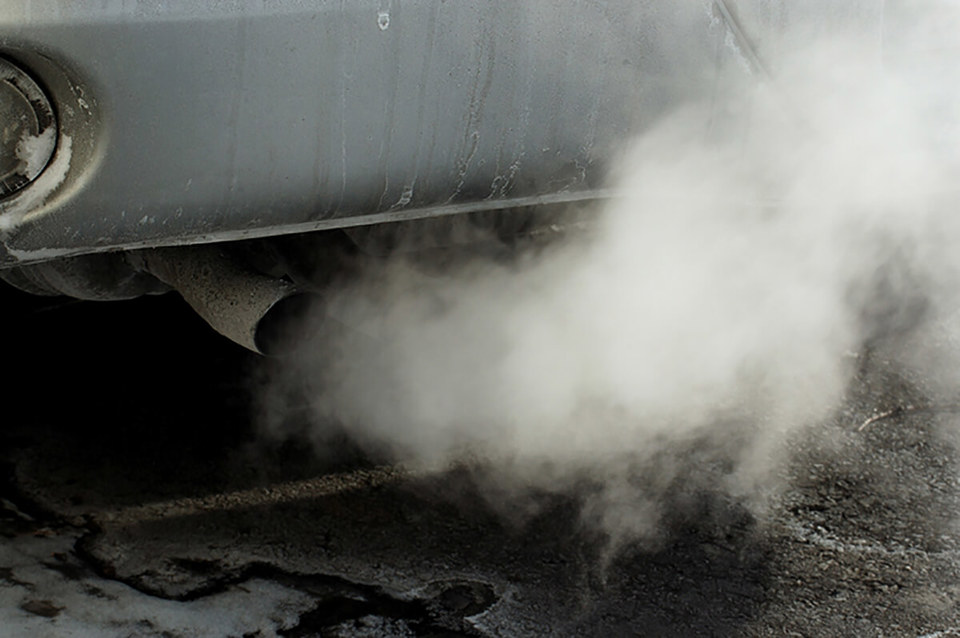



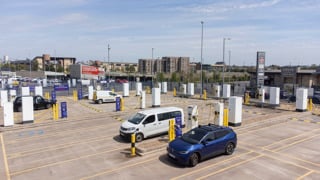
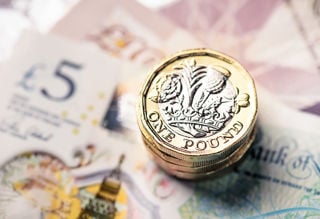
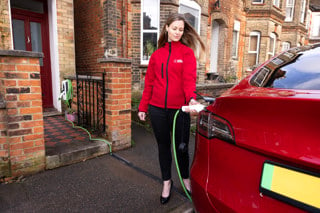

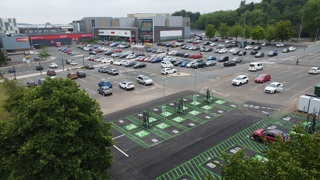












Mr.Bean - 12/04/2016 10:11
If you are currently driving a car with Euro 1,2,3 why would you consider a new car, and why another diesel? Surely a new petrol engine would still be more fuel efficient vs their old diesel? And in most cases the cars won’t be worth more than a few £100’s vs the £1000’s for a new car. The last scrappage scheme was very good for small cars which most were petrol. We should be getting people back into petrol and not to diesels.